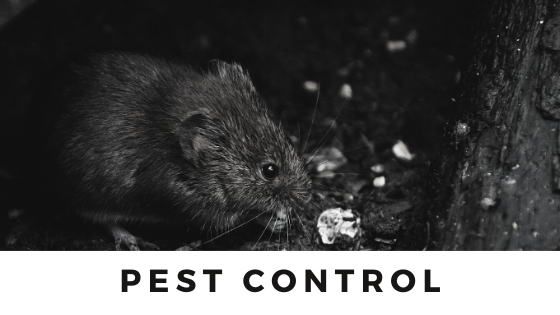When we consider workplace eye injuries, we instantly think about more physically active occupations with heavy equipment or flying debris. But nearly 10% of these injuries occur to healthcare and social assistance workers, according to the Bureau of Labor Statistics. What precautionary steps can we take to protect them? Here are 5 tips.
Recognize the variability in work tasks and plan accordingly. There are probably not many risks in filing patient charts or taking blood pressure. But injuries are more likely in patient transport or moving larger equipment, including hospital beds or monitoring equipment, as well as handling potentially hazardous chemicals in labs or janitorial work. Educate workers about when and where particular care – including eye protection – should be considered.
Healthcare workers, laboratory staff, and other workers could be at risk of infectious diseases transmitted through the eyes. Blood splashes or saliva from coughs or sneezes are generally a risk of only minor infections, but recent news reports remind us of the threat of more serious disease, such as hepatitis, HIV or others. Safety glasses, face shields, safety goggles, or even full-face respirators should be considered, depending on the nature of the hazard.

In every situation, eye protection should be individually fitted or adjustable to assure appropriate coverage. Be sure the eyewear is comfortable and allows sufficient peripheral vision. Close-fitting eyewear, eyewear worn with a mask, or eyewear used in strenuous physical work can have a tendency to fog, so be sure to provide anti-fog protection, such as Anti Fog Wipes.
Keep eye protection on hand in every workplace. Even if you think your workplace isn’t at risk, keep several pairs of safety glasses or goggles on hand. When the occasional, or even rare, hazardous activity occurs, safety gear will be readily available.
Make vision protection part of regular safety training – when to use it, how to use it, and how to care for it.


